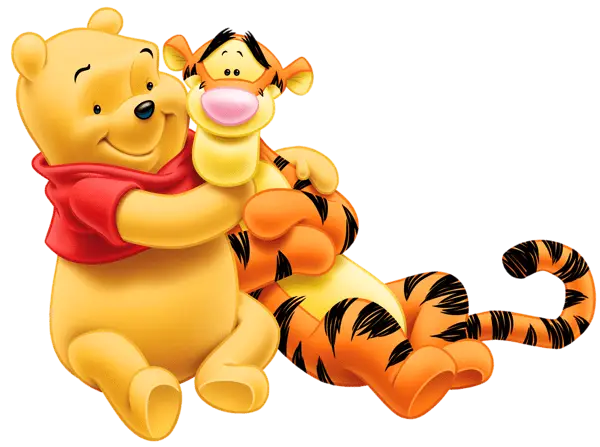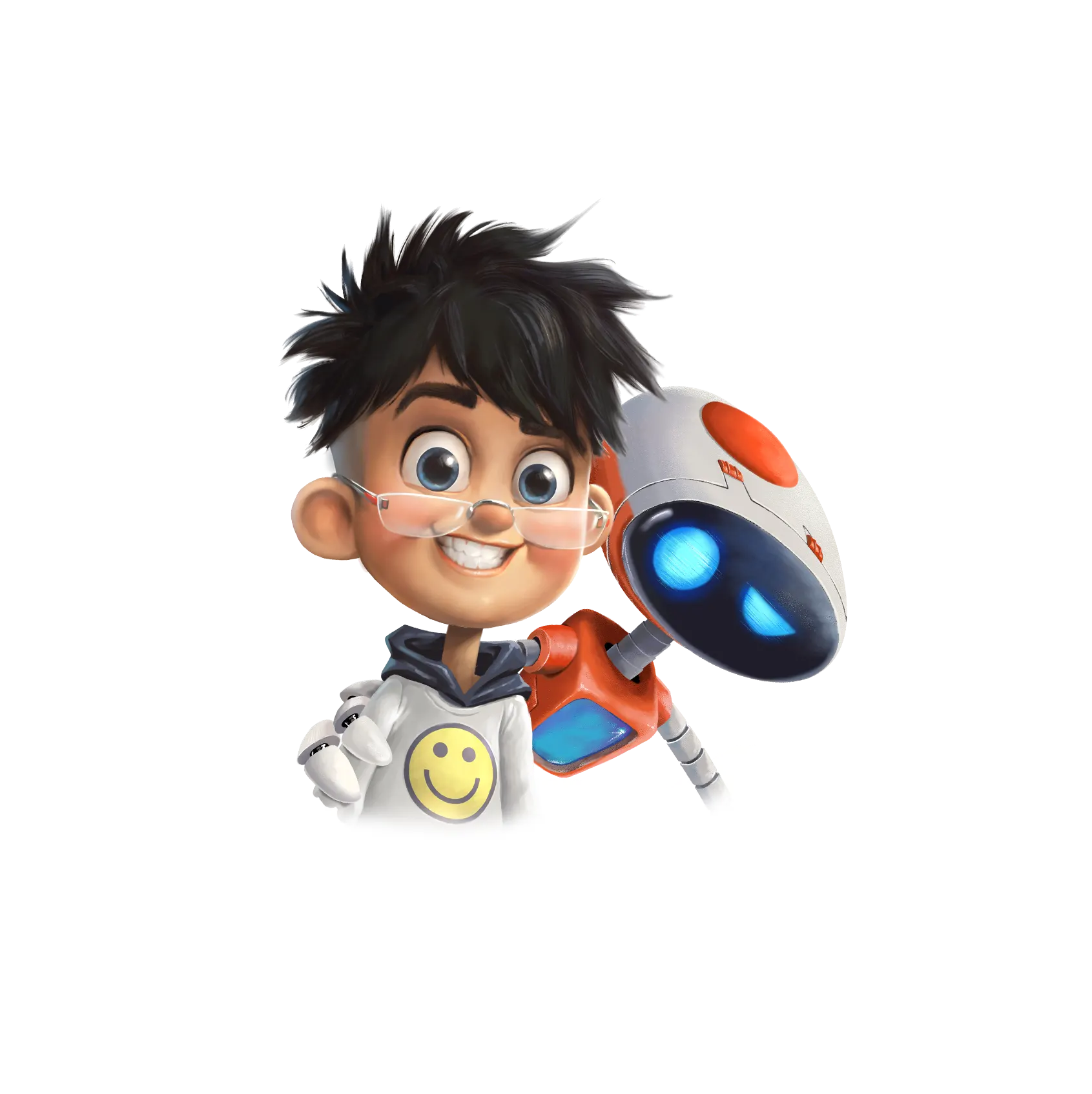Licensing and merchandising are crucial aspects for creators of animation intellectual properties (IPs) to monetize their content and expand their brand presence. Below is a guide outlining the key steps and considerations for creators interested in licensing and merchandising their animation IP.
Understand Your Animation IP:
Before diving into licensing and merchandising, thoroughly understand your animation IP, including its target audience, core themes, characters, and storylines. This understanding will help you identify potential merchandise opportunities that align with your brand.
Protect Your IP:
Prior to exploring licensing and merchandising, ensure you have appropriate legal protection for your animation IP. This may involve Animation copyright registration or trademarking the characters or logos associated with your brand.
Create Marketable Characters and Designs:
Characters and designs are the foundation of successful merchandising. Ensure your animation features visually appealing and unique characters that resonate with your target audience. Develop designs that can be easily translated into various products for character merchandising.
Develop a Brand Style Guide:
Establish a brand style guide that outlines the visual identity and design standards for your animation IP. This guide will help maintain consistency across all licensed products and merchandising efforts.
Identify Potential Licensees:
Seek out potential licensees who are interested in producing merchandise based on your animation IP. These could include toy manufacturers, apparel companies, publishing houses, video game developers, and more.
Negotiate Licensing Agreements:
Animation Licensing agreements govern the rights and responsibilities of both parties involved. Negotiate favorable terms that protect your IP and grant the licensee the appropriate rights to produce and distribute merchandise.
Select Quality Merchandise Partners:
Choose licensees with a track record of producing high-quality products. The reputation of the merchandise can significantly impact the perception of your animation IP.
Monitor and Enforce Licensing Agreements:
Regularly monitor the licensed products’ quality and distribution to ensure compliance with the licensing agreements. Address any issues promptly to protect your brand’s reputation.
Marketing and Promotion:
Collaborate with licensees on marketing and promotional efforts for the licensed merchandise. Utilize social media, influencers, events, and other channels to create awareness and drive sales.
Expand to Different Product Categories:
Start with core merchandise categories and then gradually expand into other product categories. For example, if you began with action figures and t-shirts, consider branching out to backpacks, stationery, or mobile apps.
International Licensing:
Explore opportunities for international licensing to reach a broader audience and tap into global markets. Work with reputable agents or licensing agencies to navigate cultural and legal nuances in different regions.
Continuously Innovate and Refresh:
Keep your animation IP relevant by introducing new characters, storylines, and designs. Innovation and freshness will help sustain interest in your brand and drive repeat purchases.
Attend Trade Shows and Conventions:
Participate in relevant trade shows and conventions to showcase your animation IP to potential licensees and merchandise partners. Networking at such events can lead to valuable partnerships.
Consider Direct-to-Consumer (D2C) Sales:
In addition to licensing, consider setting up your own online store to sell merchandise directly to consumers. D2C sales provide more control over the brand experience and can be an additional revenue stream.
Seek Professional Advice:
Licensing and merchandising can be complex, so consider seeking advice from experts or consulting with a licensing agency that specializes in animation IPs.
Remember, successful licensing and merchandising require a strategic and thoughtful approach. By following this guide and staying attentive to the needs and preferences of your audience, you can build a strong and profitable merchandising program for your animation IP. Contact Prayan Animation Studio for more details on Licensing and Merchandising ideas.
FAQ
Legal protection, such as copyright registration and trademarking, ensures that your animation IP is safeguarded against unauthorized use, giving you exclusive rights to monetize and expand your brand.
A brand style guide outlines the visual identity and design standards of your animation IP. It ensures consistency across all licensed products, strengthening your brand recognition.
Creators can identify potential licensees by targeting companies aligned with their audience, such as toy manufacturers, apparel brands, publishing houses, and video game developers
Marketing creates awareness and drives sales for licensed merchandise. Collaborating with licensees on promotions via social media, influencers, and events can amplify the brand’s reach.
International licensing allows creators to reach a global audience and expand their market. Partnering with experienced agents helps navigate regional cultural and legal nuances.


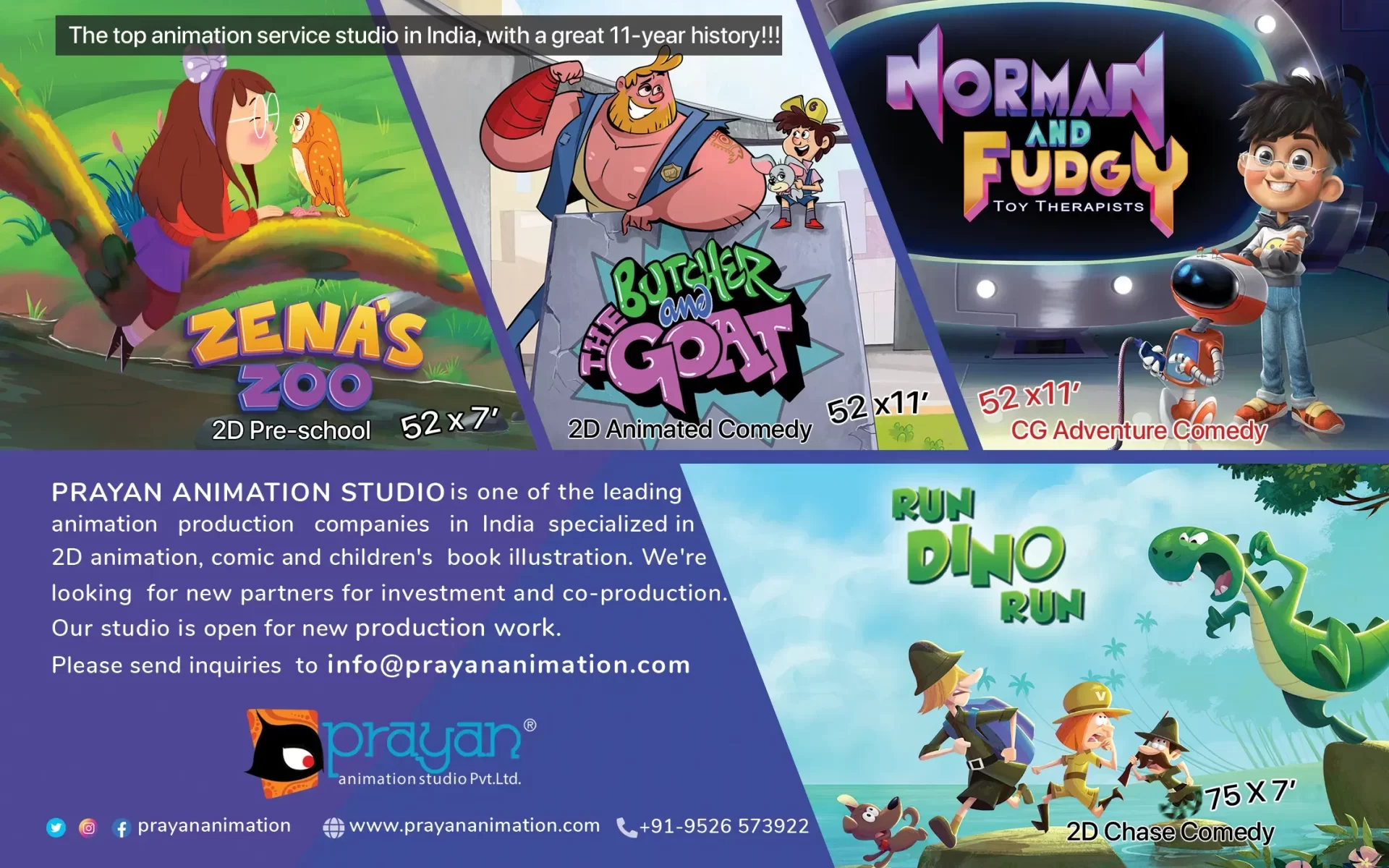
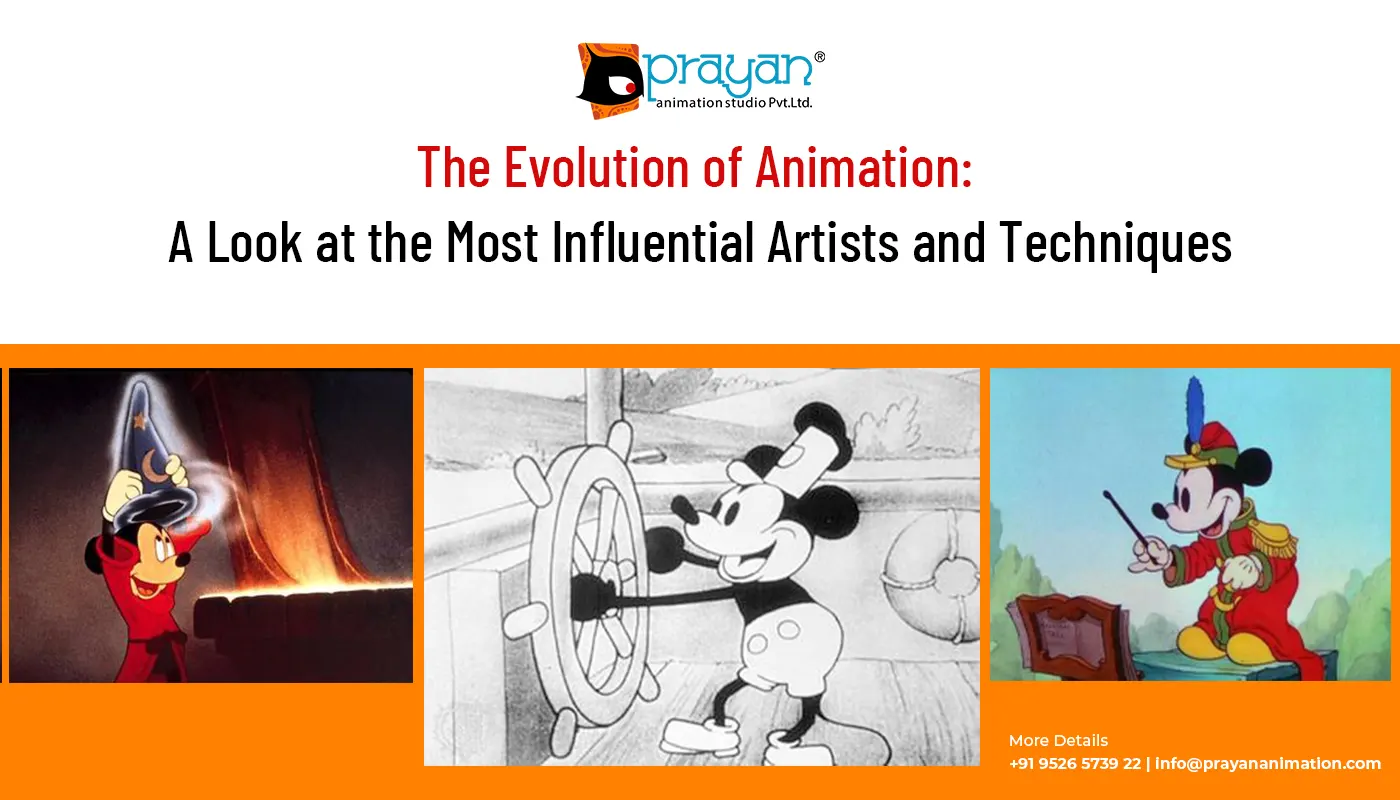
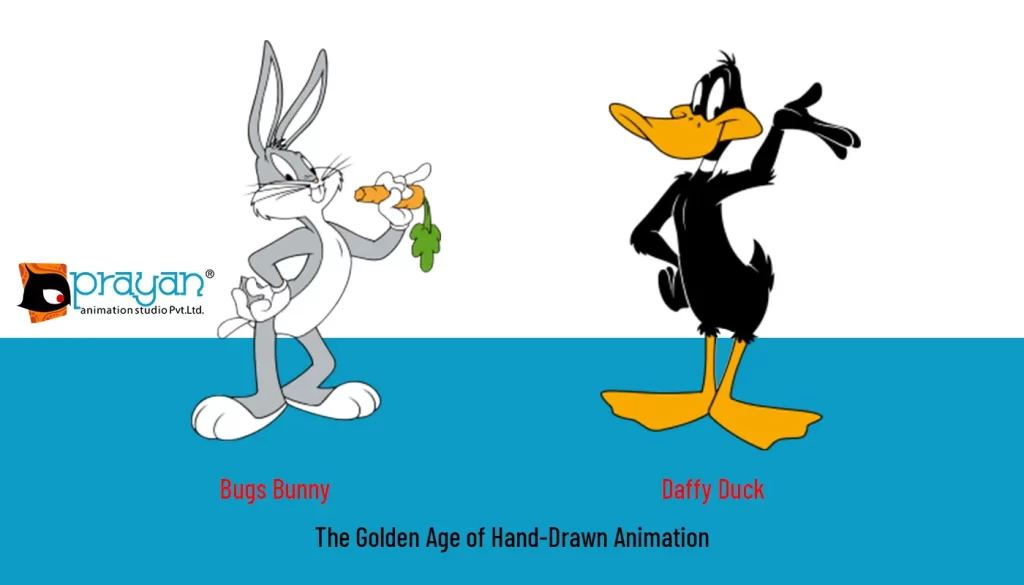
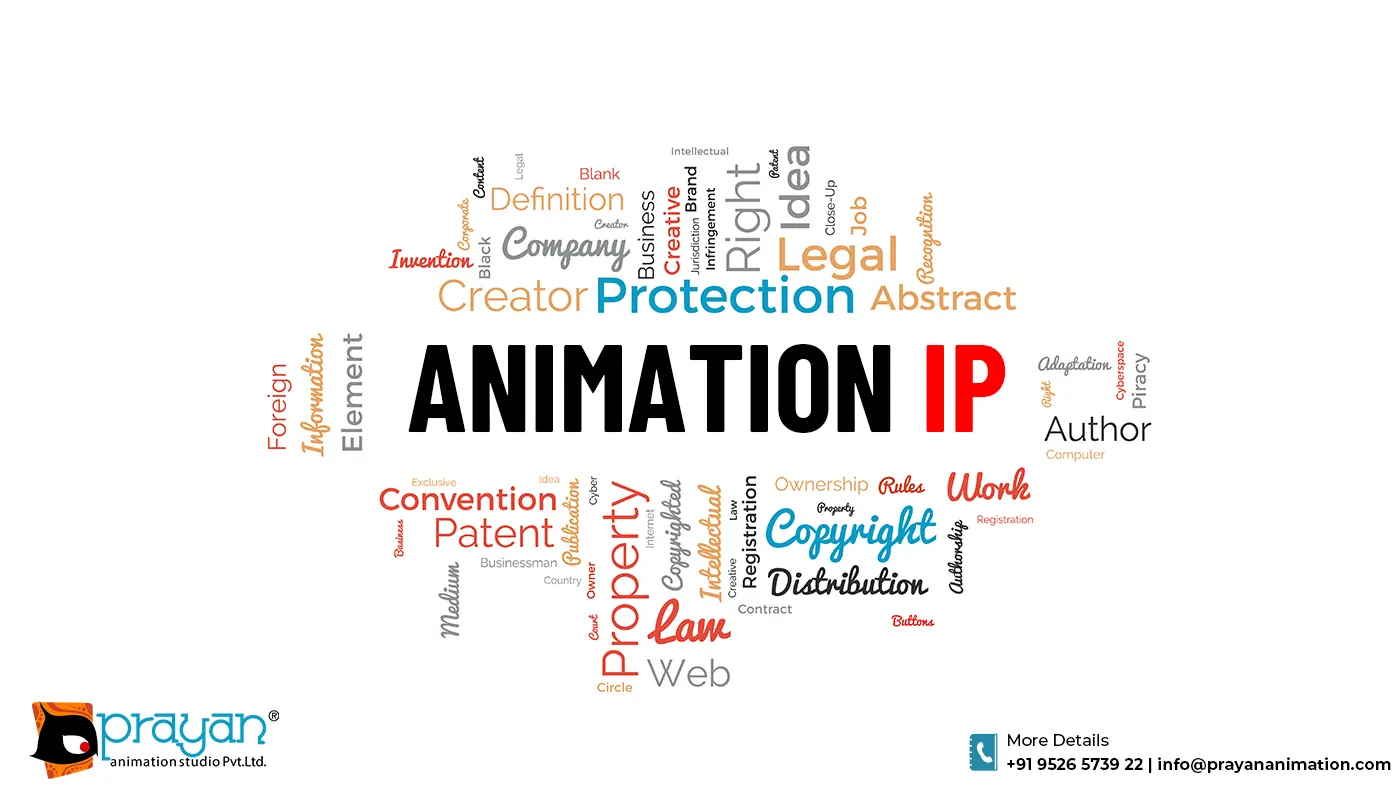
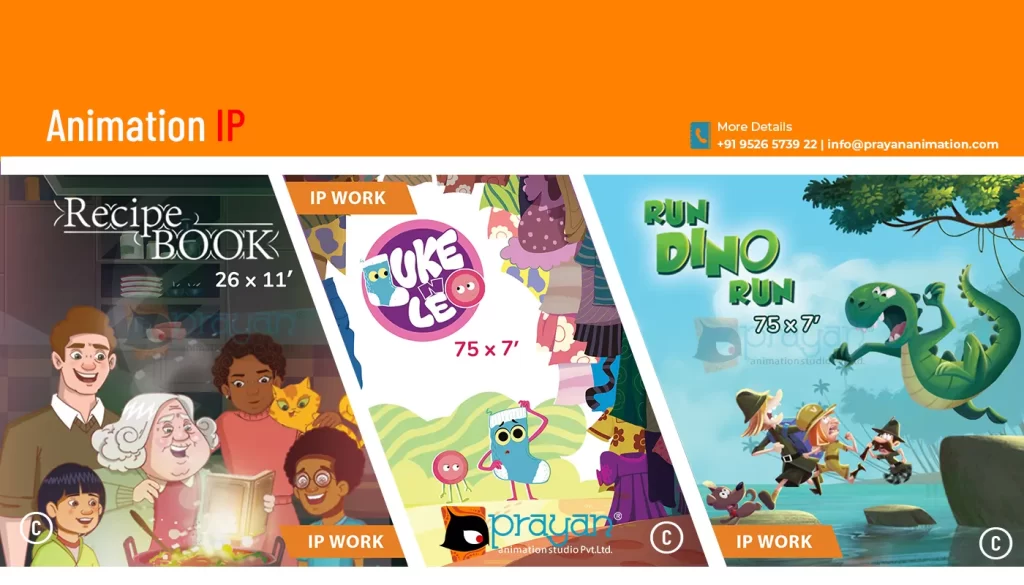
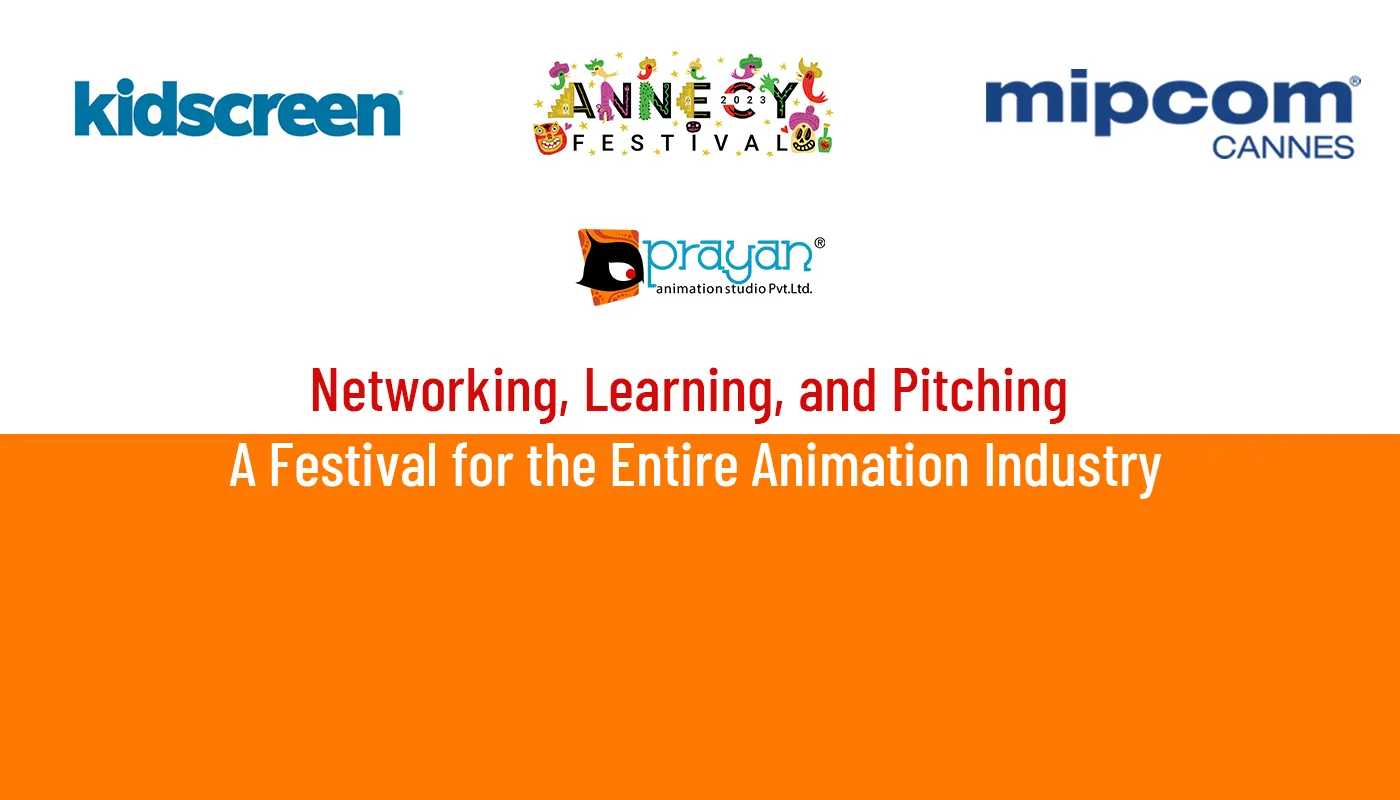
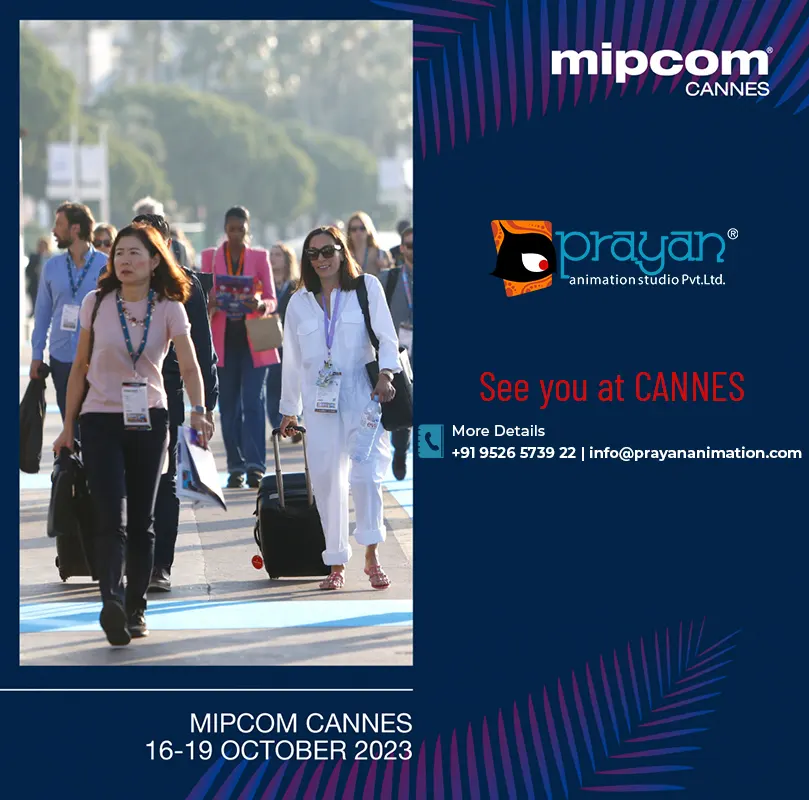
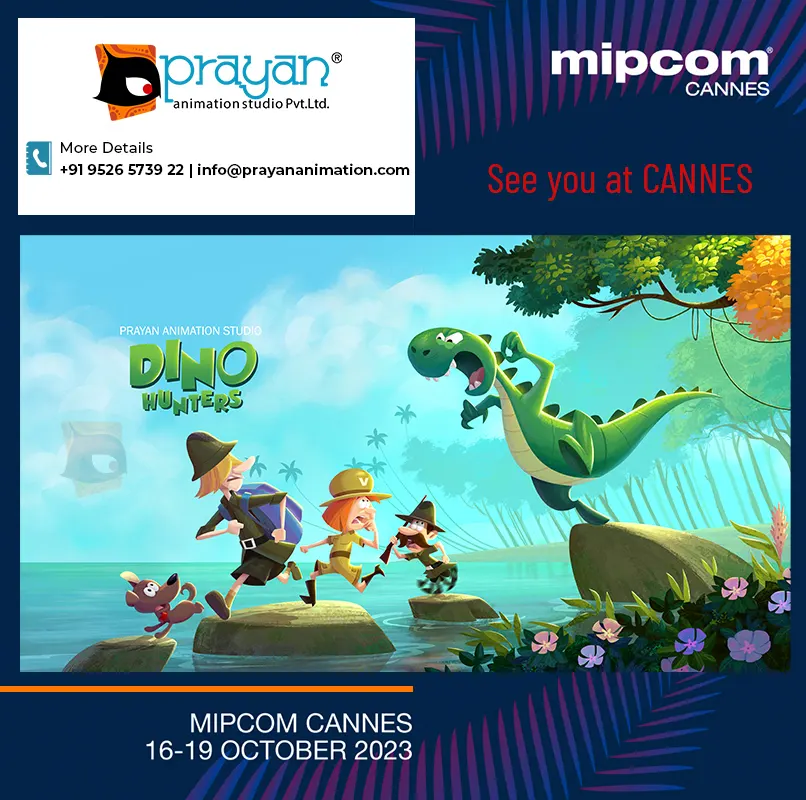
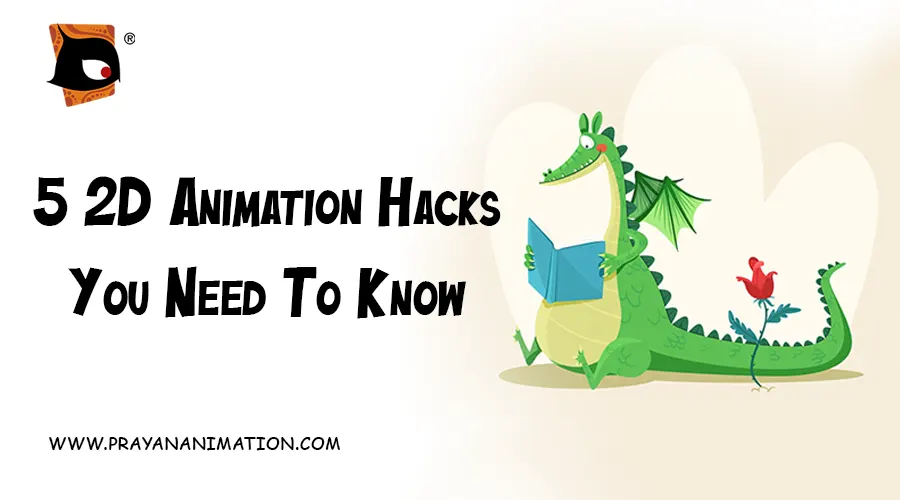
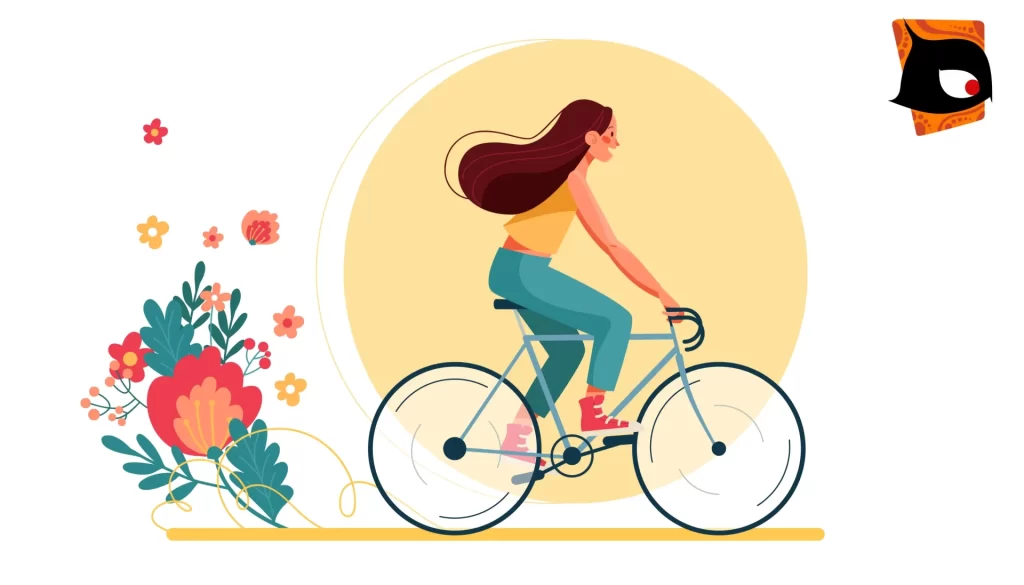
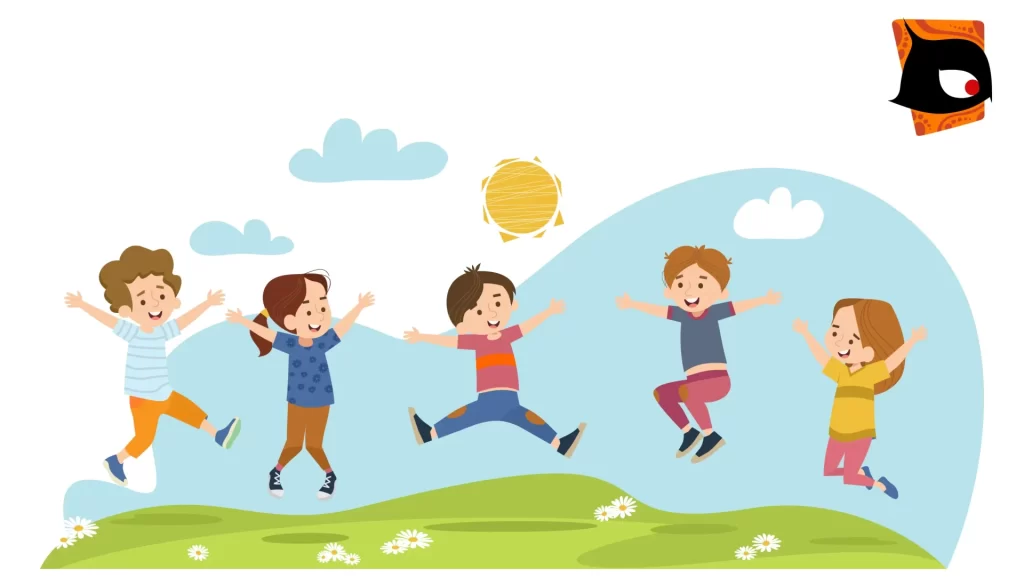
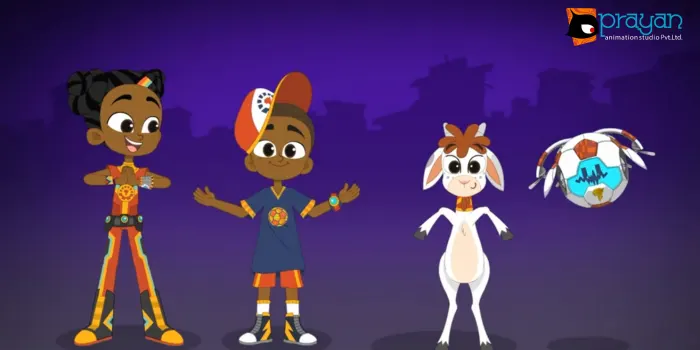
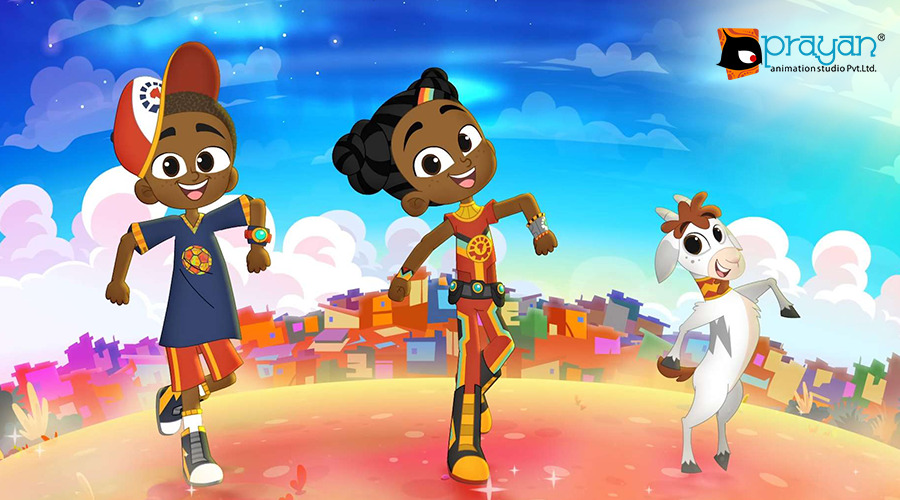
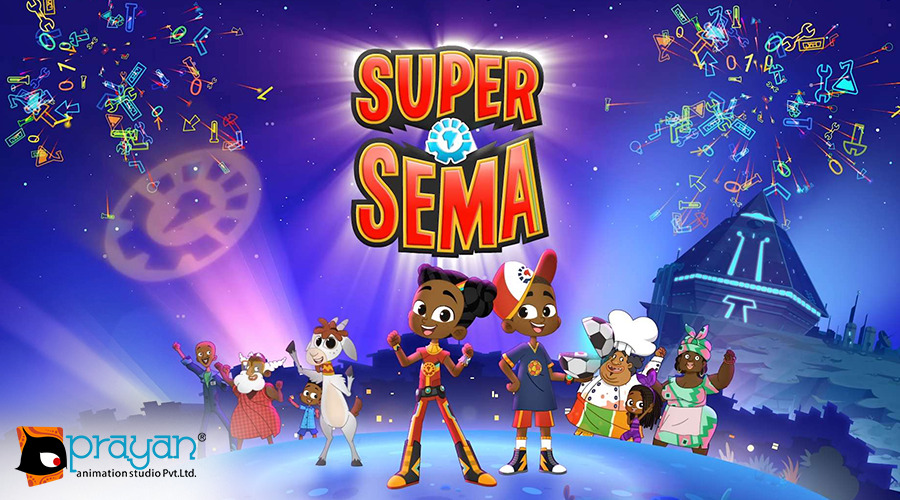

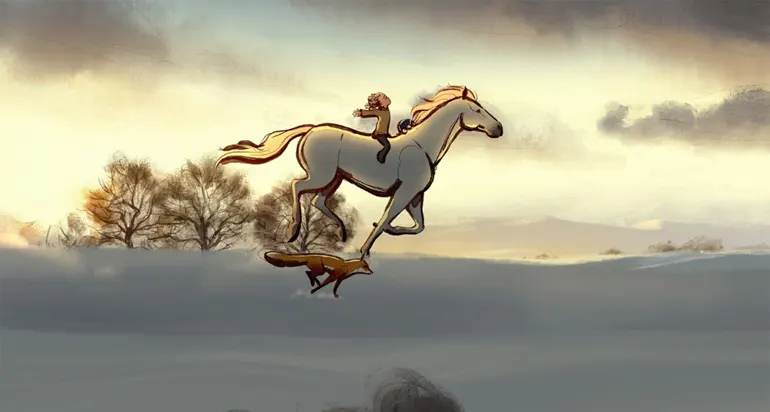
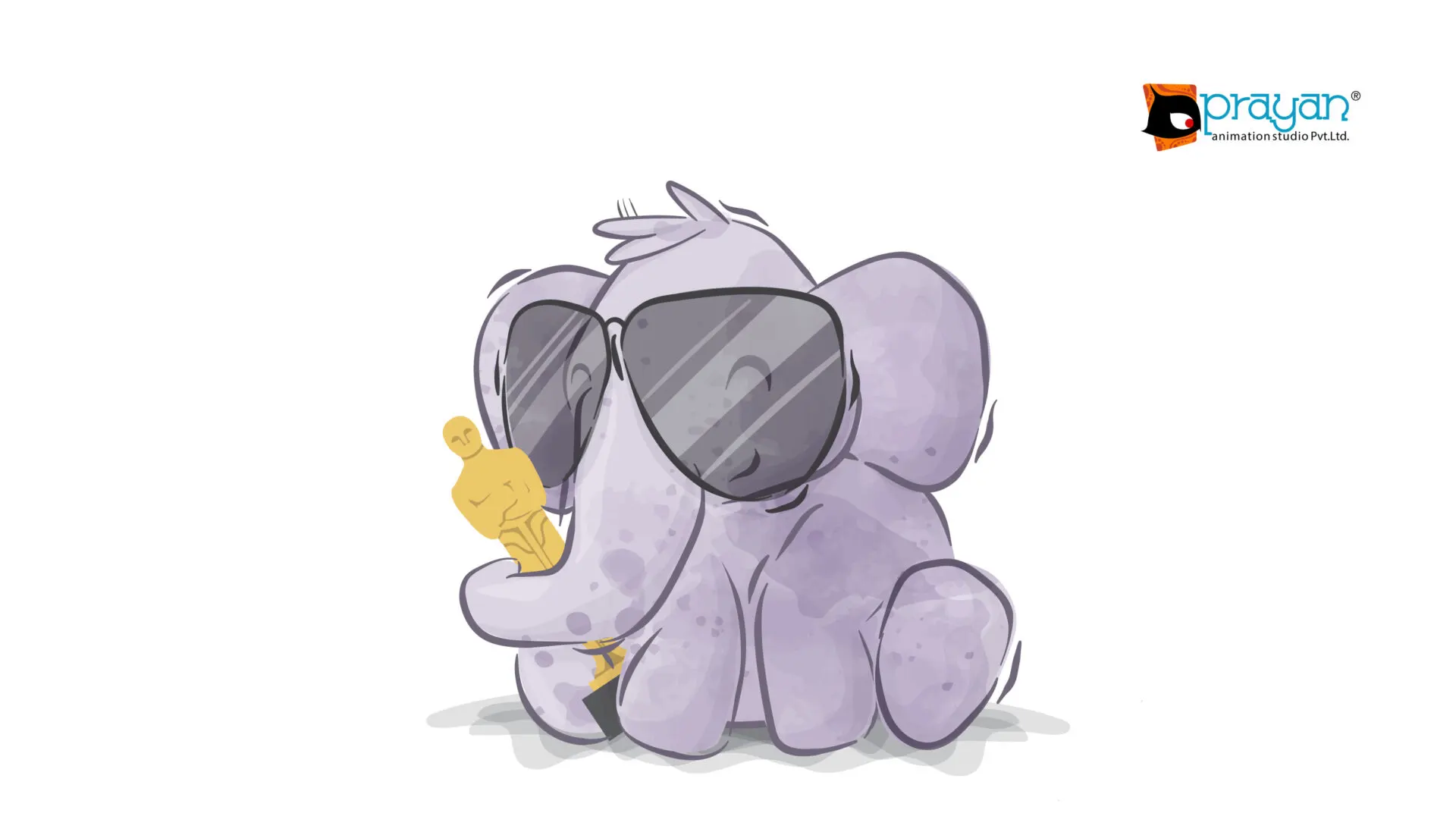
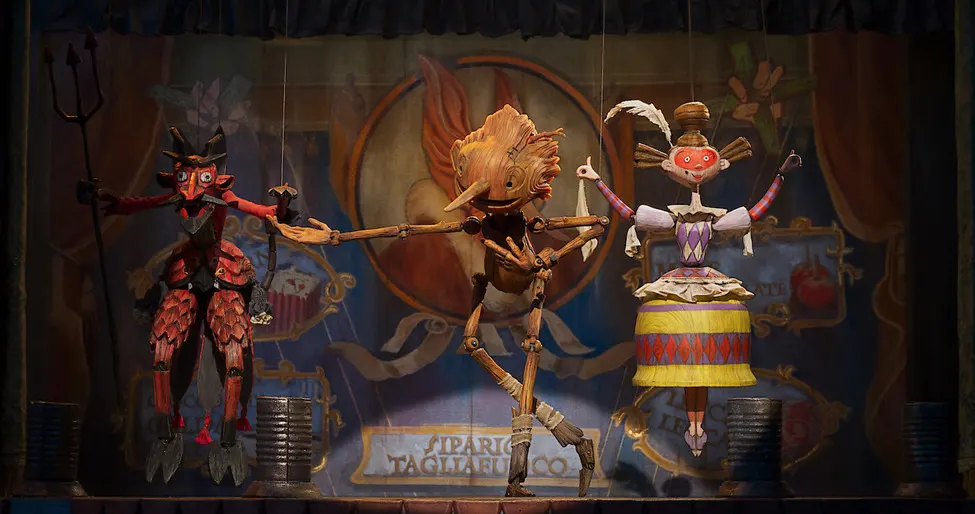
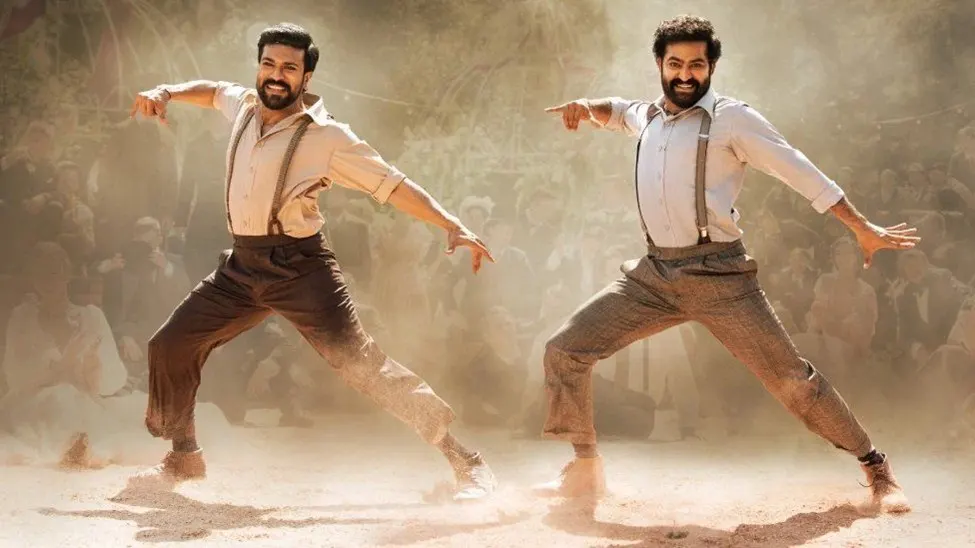
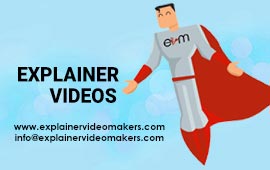
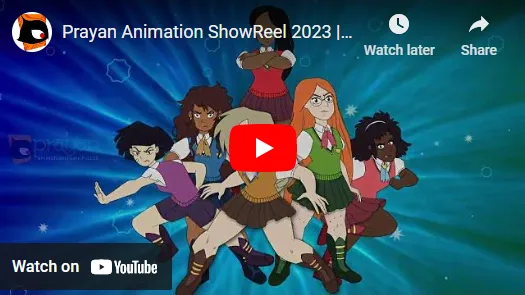
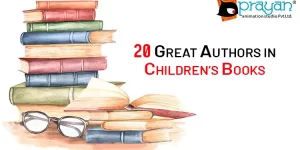
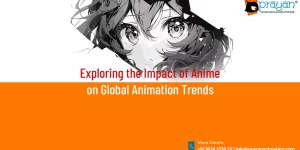

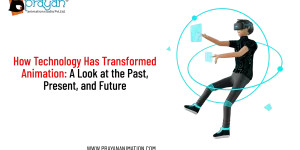

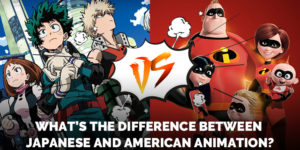
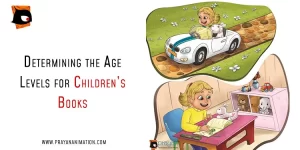
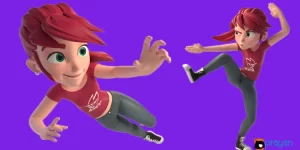
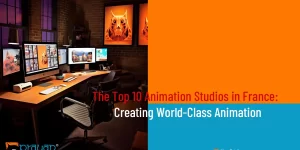
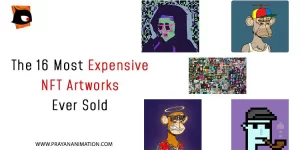
 We can help you.
We can help you. 

